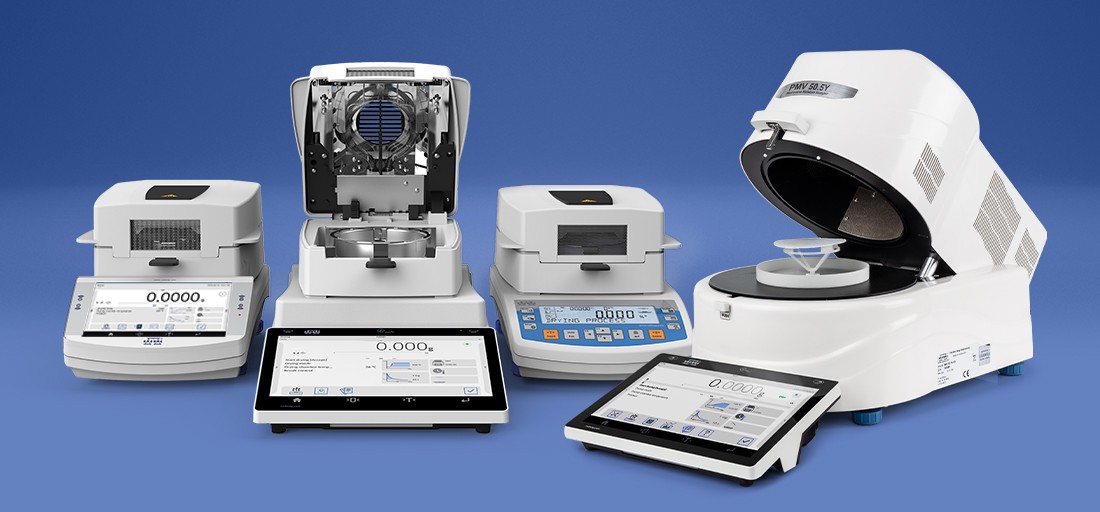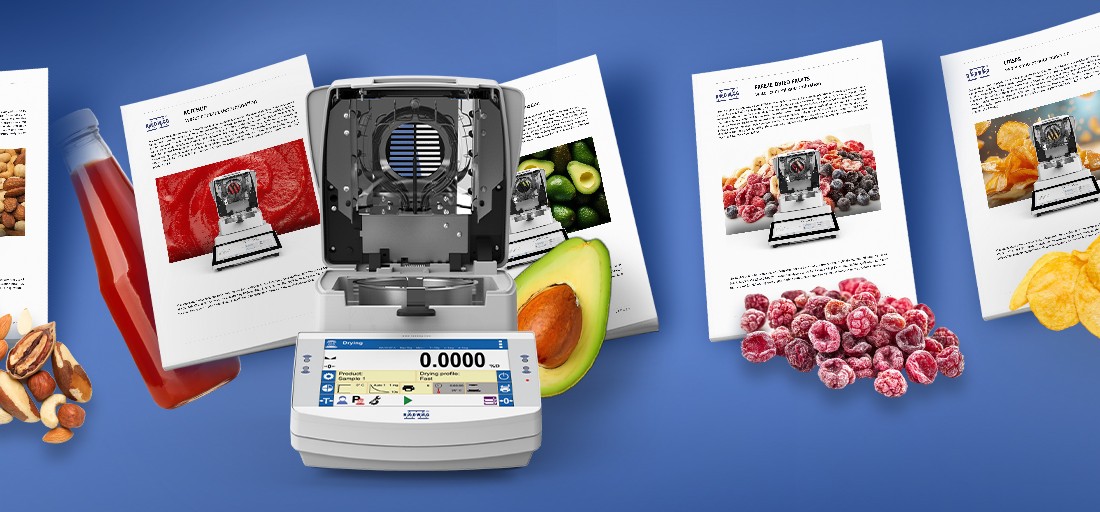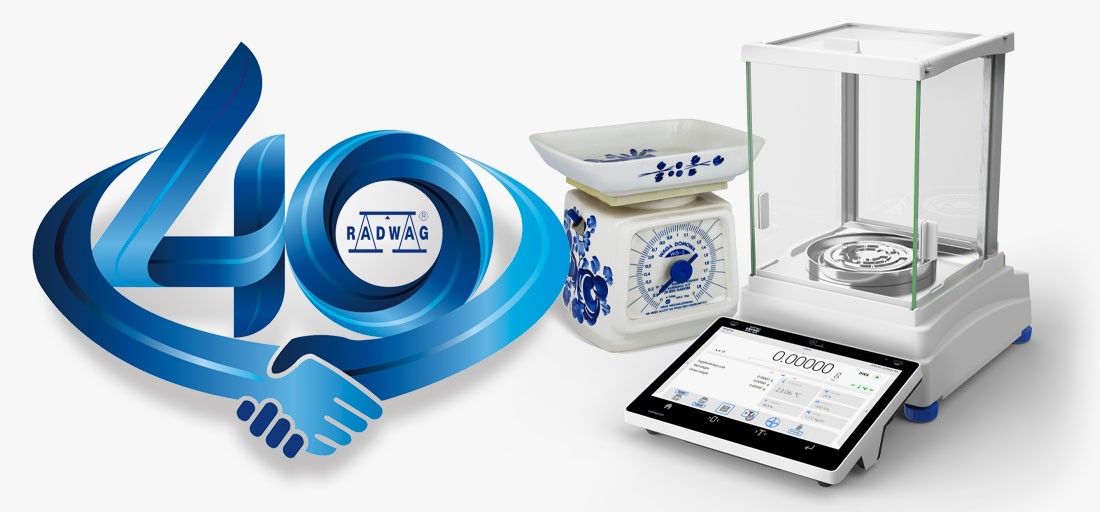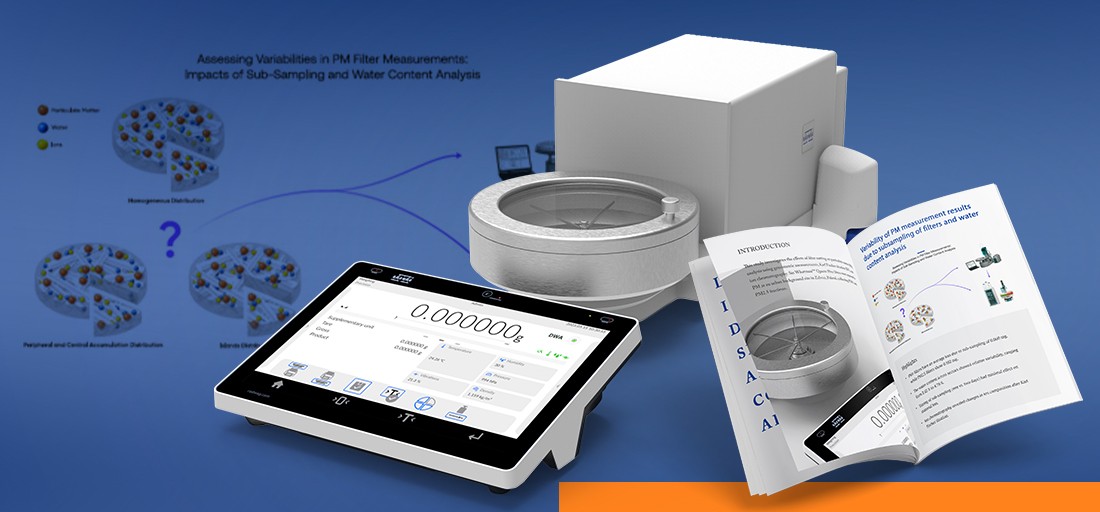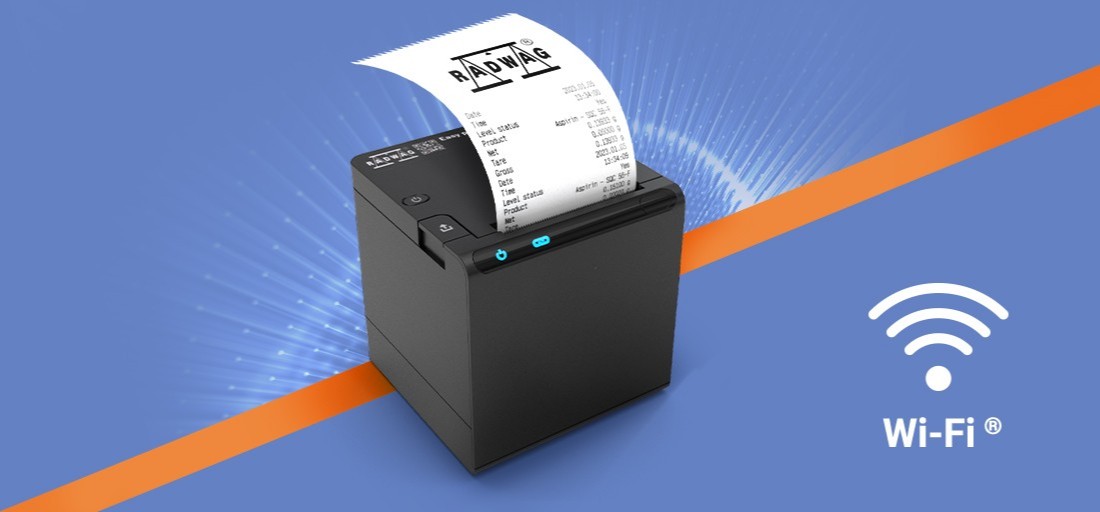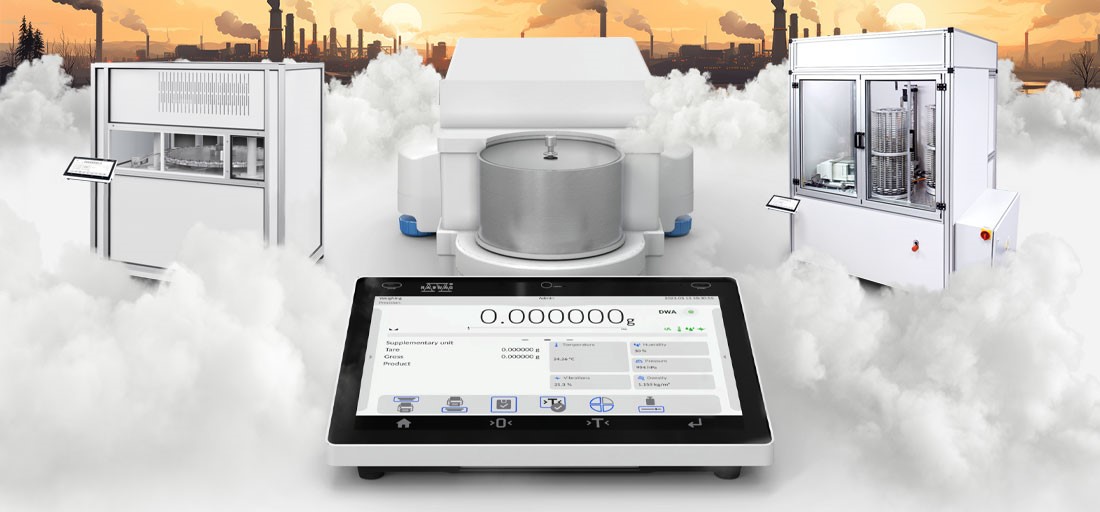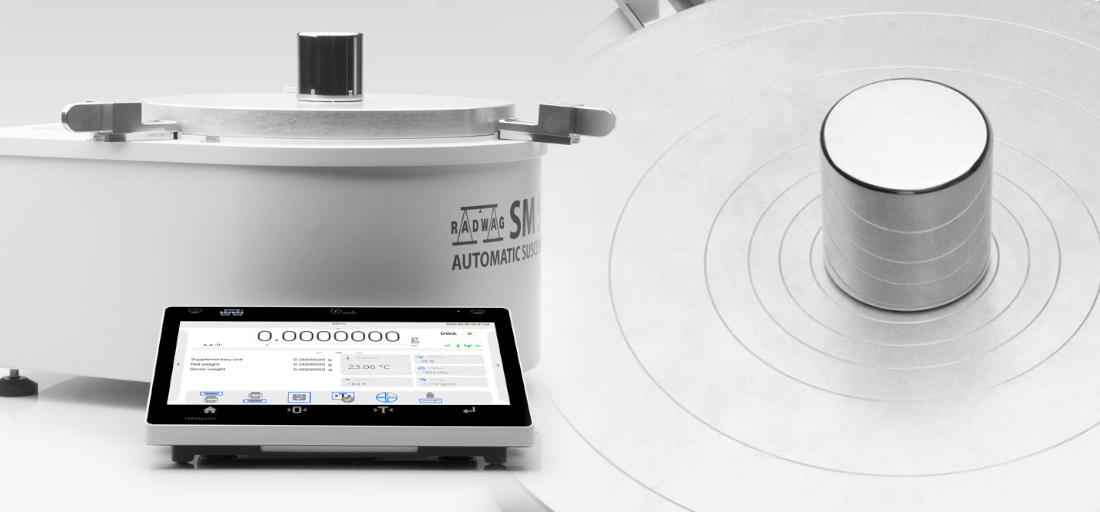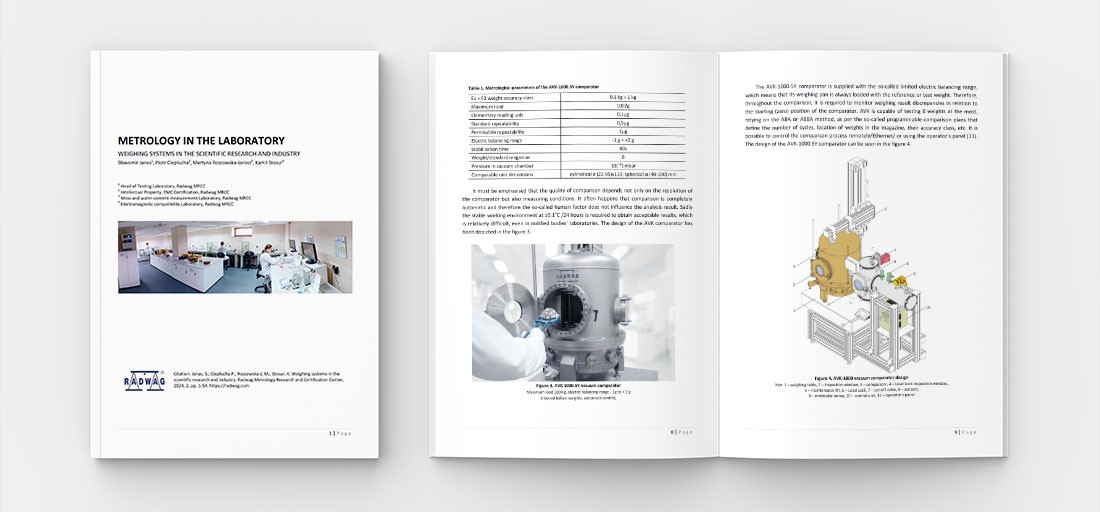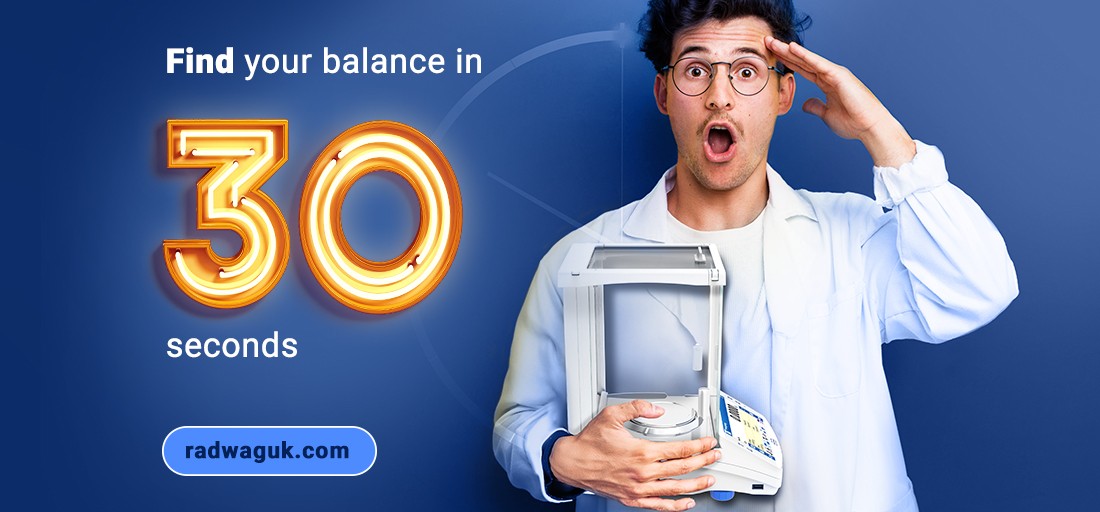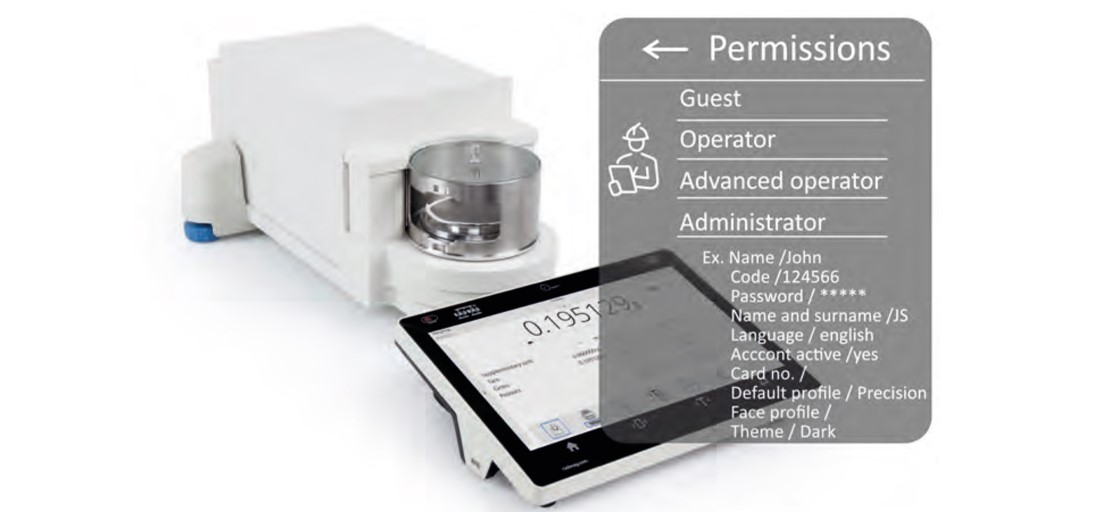HOW... do you understand the concept of balance eccentricity?
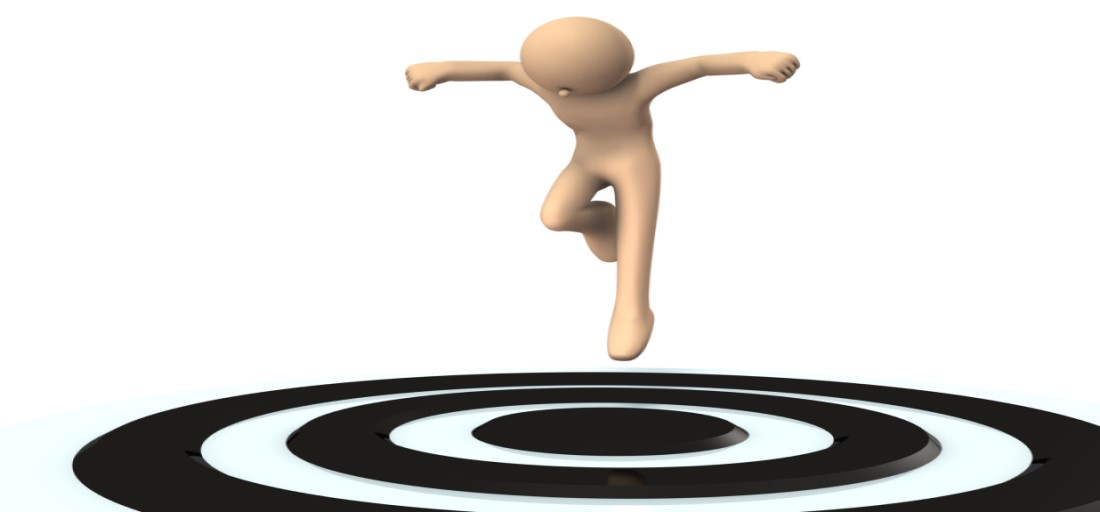
Eccentricity is - along with repeatability and linearity - one of the control procedures that shall be carried out regularly. This is important, as failure to do so will certainly result in an inaccurate readout of the measuring instrument. What is balance eccentricity, and what does eccentricity testing involve?
What is Balance Eccentricity?
The eccentricity of a balance is the difference between the indication when the mass standard is placed at the centre of the weighing pan, and the indication when the same mass standard is placed at the peripheral points of the weighing pan. The eccentricity of the balance must be verified at each calibration of this equipment, i.e. at least once a year.
What Does Eccentricity Testing Involve?
Usually, the eccentricity of the balance is tested with a mass of about 1/3 of the maximum capacity. The mass standard is placed non-centrally on the weighing pan at control points determined by documents such as EN 45501 or EURAMET, as presented in the figure below:

Weighing pan – Eccentricity control points
(EN 45501 requires tests to be carried out in points 2-5, and EURAMET – in points 1-5)
Eccentricity error is the difference between measurement results obtained by weighing the mass standard successively at the points determined in EN 45501. Before testing for eccentricity error, it is not necessary to carry out an adjustment. Following the recommendations described in EN 45501, weigh the mass standard at point 1 and note the result, then repeat for points 2-5. Eccentricity error is the difference between the measurements obtained at points 2 and 1, 3 and 1, 4 and 1, 5 and 1. The results obtained are compared with the permissible tolerances.
Typically, eccentricity deviations are determined during balance validation.
Eliminating Eccentricity Errors
All errors that result from not placing the sample centrally on the weighing pan can be eliminated by ensuring that the pan is loaded centrally. Laboratory vessel holders such as flasks, test tubes or titration vessels can help us to do this.
If you have questions regarding eccentricity, please ask our expert. 

